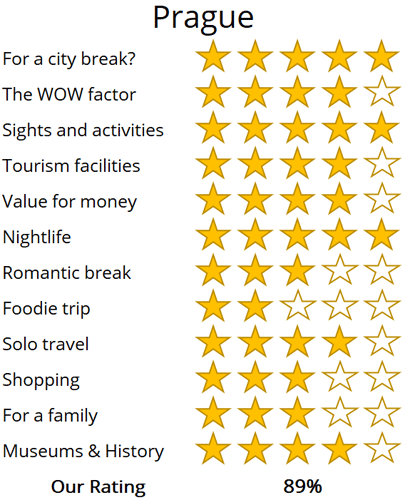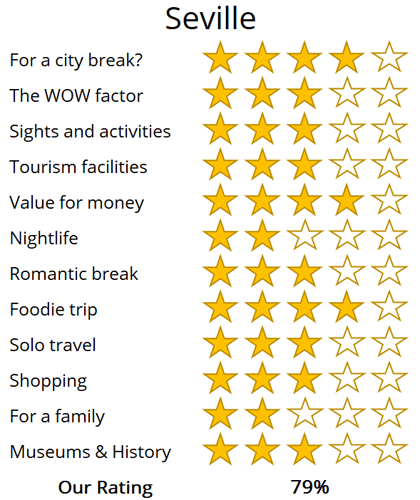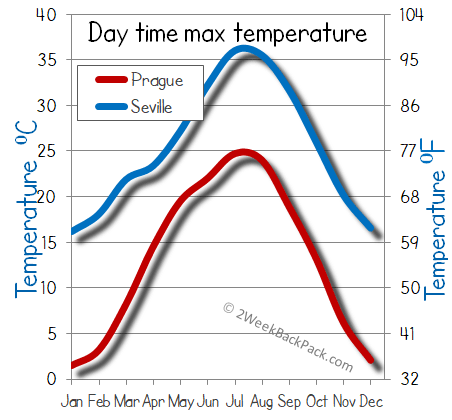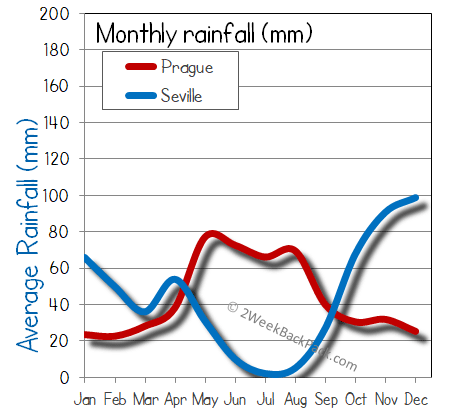WhereToGoForMyHoliday.com
The best destination comparison site!
WhereToGoForMyHoliday.com
The best destination comparison site!
Prague or Seville, which is better for your holiday in 2024?
Seville and Prague both offer unique and enticing experiences, but which one should you choose for your city break or holiday?
We recognise the difficulty in making this decision. While there is abundant information available on both destinations, clear guidance on which city better aligns with your travel preferences is often hard to find.
This article aims to provide an impartial comparison of Seville and Prague, and hopefully help you to choose the best city to visit.
The article is structured into several sections, each of which can be directly accessed through the following links:
• Introduction to the cities
• Scores and ratings
• Which one should I, friends, or family visit?
• When to visit and weather
• Who is the city suited for?
• The perfect 48hours (with map)
• Tourism details (where to stay? airport details?)
Introduction to Prague and Seville
Seville as a destination reflects that of the city’s famous dance, the flamenco; it is hot, passionate and instantly captivating. Seville boasts exceptional tourist attractions , and it’s rich cultural heritage will leave you longing for more.
Modern Seville is the interplay of its turbulent past, blending together Moorish roots and Christian influence in a city which wants to enjoy and embrace the present. Seville’s heritage is proudly displayed throughout the city, from the magnificent Alcázar palace, to the towering cathedral, mouth-watering tapas restaurants and impromptu flamenco dances.
Strangely, Seville typically lacks the appeal to the younger generation of tourists, but chance a trip and fall in love with the flare of southern Spain.
Prague, the Czech capital wows visitors with its Gothic castles, cobbled lanes and handsome medieval plazas.It sits on a snaking bend in the Vltava River, unfolding with a fairy-tale Old Town district that flits from curious astronomical clocks to age-old synagogues at just the turn of a corner. Around that are other neighborhoods that beat with hipster cafes or come topped with the stunning spires of Prague Castle – one of the largest medieval fortifications in the world.
You can fill days glugging frothy beers in cosy basement bars. You can trace the footsteps of Franz Kafka in award-winning literature museums. You can delve into enchanting Christmas Markets or gaze at great monuments on Wenceslas Square. What's more, Prague sits smack bang in the heart of the beautiful region of Bohemia, a land of undulating hills and beer breweries that offers a taste of rural Europe.

The main square in Prague with the Tyn Cathedral

The Torre del Oro once guarded the Guadalquivir river and Seville
High-level summary for Prague and Seville
Summary
Where would I journey for a personal escape? Prague
Where would I send my parents for a memorable visit?
Seville
Where's the ideal destination for my adventurous 19-year-old cousin?
Prague
Where should my food-obsessed friend indulge their culinary passions?
Seville
Note: The above comparisons are weather-independent and are based on travel during the most opportune times of the year. Details about the ideal travel seasons are elaborated upon later in this article.
In the sections that follow, you'll find a comprehensive comparison between these two fascinating cities. This includes recommendations on the duration of stay, the best times to visit, and tailored 48-hour itineraries for each city.
The final segment delves into practicalities for your travels, such as the best airport to fly into, the optimal districts for your accommodation, and insider tips, for when you come to explore the city.
We hope that you find all of this information useful, in planning your next exciting trip!
Destination details
How long to spend each city?
Prague is one of the original European city break destinations. With countless low-cost carriers whizzing in and out, it should be easy to put together a short trip here on a budget. To unearth the secrets of the Old Town, see Prague Castle, and enjoy at least a night on the beer and the goulash, a few days is probably all you'll need.
Of course, if you've got extra days, Prague will surely fill them. Excursions out to the wooded valleys of Bohemia, where the castles of Český Krumlov and Kutna Hora await, can be added into the mix. But you could also stay in the city itself, to break away from the more touristy centre into neighborhoods like hipster Žižkov and Nusle.
Seville calls for a more unhurried exploration to truly soak in its relaxed pace and tapas culture. Two days in Seville allow for a comprehensive sightseeing experience, though a single, brisk day could cover the essentials.
Be mindful of the extreme summer heat, necessitating an earlier start to your day and a slower pace.
For those looking to venture beyond, day trips to historic Cordoba, the coastal city of Cadiz, or the dramatic Pueblos Blancos are worthwhile, though the latter may require a rental car or guided tour due to limited public transport options.
Insight: While Granada is a captivating destination, it is best experienced as part of a longer itinerary, perhaps alongside Seville and Málaga, for a fulfilling week-long holiday.

The delightful Prague Orloj is the world’s oldest operating astronomical clock, and displays the position of the Sun and Moon
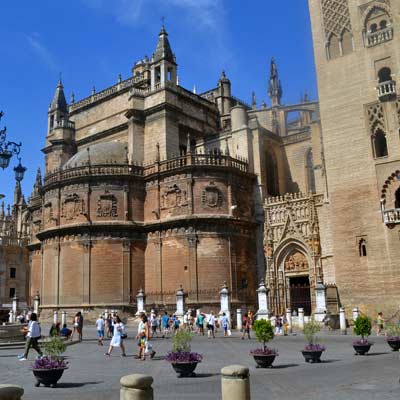
The Gothic Catedral de Sevilla
Prague has the usual four seasons of Central Europe. The summer is generally hot and humid, with the highest temperatures in the 30s during July and August. It's also common to have regular thunderstorms that last for short bursts then. Winter, meanwhile, is cold. It's the best time to visit Prague if you're in search of kitschy Christmas markets that sell blood sausages, hot chocolate and warm Czech beer. You'll certainly need the thermals and snow coat between November and March, though. It's not uncommon for temperatures to stay below zero for weeks on end.
The upshot is that the spring and autumn probably see Prague in its prime. In April, May, September and October, things can still be mild and warm. There are fewer visitors hitting the mainstay sites like the Prague Castle. Hotel rates drop considerably to boot, and you're more likely to get bargains on flights into town.
The best time of year to visit Seville is during the two festival periods of Semana Santa (held in the week before Easter) and the Feria de Abril (starting two weeks after Easter).
For a regular trip, late autumn and early spring are the best seasons, as during the long summer (June-September) the city is oppressively hot. Winter provides good value and fewer tourists but there is always the potential of rain.
Seville is a pleasure to visit, so long as you can either handle (or avoid) the extreme heat. This is a city for a slower paced trip, to enjoy time in the open-air cafes and to embrace the culture of Andalusia. This makes the city ideal for a break from a stressful lifestyle or hectic work schedule back at home.
The ambience typically appeals to a slightly older visitor, but to assume Seville is a mature destination would be completely wrong. There are exciting tourist attractions, a colourful nightlife and a social atmosphere. One of the appeals of Seville is that it is not a common city break and few of your friends will have been there.
Prague is a heritage-rich, historic and hedonistic European city. You'll spend your time gawping at haunting castles and getting lost in medieval districts. Of course, there's also plenty of room for evenings of Czech beer and samplings of Slavic dumplings and goulash. If you're a food-loving culture vulture then there's hardly anywhere better on offer. What's more, backpackers and partygoers will find loads to like in the sleepless basement bars and pubs.
What Prague can't excel in is proximity to the ocean. If you're looking for somewhere to dine on seafood and hit the beach, it's not the place for you. The same goes for the great outdoors. It isn't hard to escape to backcountry Bohemia from here, but you will need to rent a car or organise a day trip away from the Old Town to do that.

The Charles Bridge spans the Vltava River in central Prague and is lined the thirty Baroque statues

The Plaza de España is always a highlight of Seville
48hours in Prague
Spending two days in Prague allows for a perfect balance between exploring its historical wonders and delving into its vibrant urban life. The enchanting Old Town and the imposing Prague Castle splendidly represent the city's rich history, while trendy districts such as Žižkov offer opportunities to enjoy coffee and scour through the markets.
Day 1: Start your weekend right in the heart of the city at the expansive Old Town Square, the central hub of Prague's historic quarter. It remains lively throughout the year, bustling with visitors meandering between significant landmarks such as the Old Town Hall and the Church of Our Lady before Týn. Notably, the church is renowned for its striking black Gothic turrets, towering over 80 metres tall.
Meanwhile, the Old Town Hall boasts stunning Gothic doors and gargoyles, and is home to the unique Prague Astronomical Clock. This 15th-century timepiece is the oldest functioning astronomical clock worldwide, drawing crowds every hour to witness its charming chime and the procession of apostles.
Continue east through the Old Town's intricate alleyways until you reach the riverside, leading directly to the iconic Charles Bridge. Adorned with statues of saints, it offers picturesque scenes, especially in the misty winter mornings. Cross over to Malá Strana, Prague’s oldest district, filled with traditional beer taverns such as the popular U Hrocha.
After a refreshing beer, it's time to ascend to Prague Castle, conveniently located steps away from the tavern. Dedicate your afternoon to exploring this vast complex, ranging from the magnificent St. Vitus Cathedral to the quaint workshops of Golden Lane.

The Dancing House may be one of Prague’s most distinctive buildings, but being in the heart of the old town its unique design was extremely controversial
Day 2: Treat yourself to a hearty breakfast in boho Žižkavárna Café. It's loved by the locals for its strong coffees and homemade cakes but is also a fantastic intro to the stylish neighborhood of Žižkov itself. The landmark at the heart of that district of the soaring Žižkov Television Tower in Tower Park Praha. Be sure to take in its futuristic architecture from below before going inside. Then, it's straight up to the observation decks to enjoy sweeping views of the city.
You'll also want to drop by the National Memorial on Vítkov Hill. It's an important spot in the annals of Czech history. It was once a hops plantation but now hosts the colossal equestrian statue of Jan Žižka (a revered Czech military general) and the Tomb of the Unknown Soldier, a symbolic monument to resistance to Nazi occupation.
Keep going north across the river to Prague 7 and you'll find stripped-down hipster cafés like Kavárna Liberál. For dinner, try the multi-ethnic stalls of Hala 22 closer to the waterside, where everything from Rajasthani curry houses to Chinese noodles are options. Finally, get your beer drinking hat on, because Gyllene tigern – a legendary microbrewery – beckons with its hoppy unpasteurized tipples back in the Old Town.

The Klaus synagogue and cemetery, in the Jewish quarter of Prague
Below is an interactive map for 48 hours in Seville; day 1 is highlighted in green and day 2 in yellow, with optional sights in grey.
Start the day in the impressive Catedral de Sevilla, and climb to the top of La Giralda bell tower for a wonderful viewpoint. Surrounding the cathedral is the atmospheric Santa Cruz district, with its traditional houses and narrow cobblestone streets, which follow the old medieval layout of the city.
For the afternoon, visit the grand Plaza de España and the adjoining Parque de Maria Luisa. Towards the end of the day join a cruise along the Guadalquivir River. For dinner, head to the Triana district for an authentic Tapas meal. This district is also where flamenco dancing originated, and one of the bars may well have some impromptu dancing happening during the evening.

The gardens of the Real Alcázar palace
For the second day, start by visiting the Real Alcázar palace, the finest example of Mudéjar architecture which fuses Arabic and Christian designs. For the afternoon, head north of the historic centre and explore the popular shopping streets of Calle Sierpes. End the afternoon at the Setas De Sevilla, a massive wooden structure and great viewpoint.
In the evening, watch a flamenco performance at the La Carbonería.
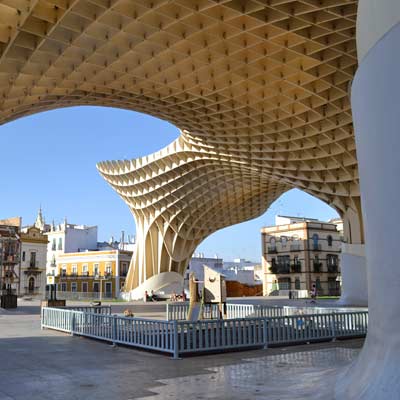
The Setas De Sevilla is the world’s largest wooden structure, but few know what it actually is or the point of it……
Seville airport (SVQ) is 10km northeast from the city centre, and is connected by a regular bus service (35min €4.00). Many of the low-cost airlines focus on the coastal cities of southern Spain instead of Seville, which means the cost of flights can be surprisingly high - plus there are fewer departures. This means that demand for flights can be very high in summer (when the city is best avoided).
This high level of tourism also means that hotels tend to be more expensive than much of Spain, and it’s likely you will spend much more than you anticipated! If you are lucky enough to visit during the two festivals, book your accommodation well in advance. Seville is compact and very easy to explore on foot.

The Maestranza bullring; bullfighting is an important tradition in Seville
The Václav Havel Airport Prague is the main entry point to the Czech capital. It's also the largest international airport in the Czech Republic. That means short-haul flight connections arrive there from all over, and you can usually bag some wallet-friendly bargains on carriers like Ryanair and EasyJet
For a European capital, Prague is very walkable and bikeable. The whole Old Town is actually best explored on foot, and the same goes for the castle district. For longer trips, the uber-efficient Prague Metro and tram network combine on the PID ticket to offer easy hops from A to B.
The basic ticket costs 24 CZK ($1) and allows access and transfers for 30 minutes. Buy them via the Prague transport mobile app, in local newsagents, or at the tram stops themselves. Don't forget to validate your ticket at the yellow machines on board.

The Gothic Saint Vitus Cathedral lies within the Prague castle complex
All the usual crimes and scams of a European capital are present in Prague, though the town is generally very safe for visitors. Be vigilant of pick pocketers in busy areas and on public transport especially. Also try to dodge picking up taxis straight off the street – tourists are often prime targets for inflated rates. Prague's currency exchange points are notorious for being rip offs, so get your koruna before touching down.
For proximity to the main sites and bars, there's really nowhere better to bed down than in the Prague Old Town. Hotels will usually cost the most there, however. Something quieter and equally as atmospheric is available in the Malá Strana. But the New Town district and Žižkov are also both good options.
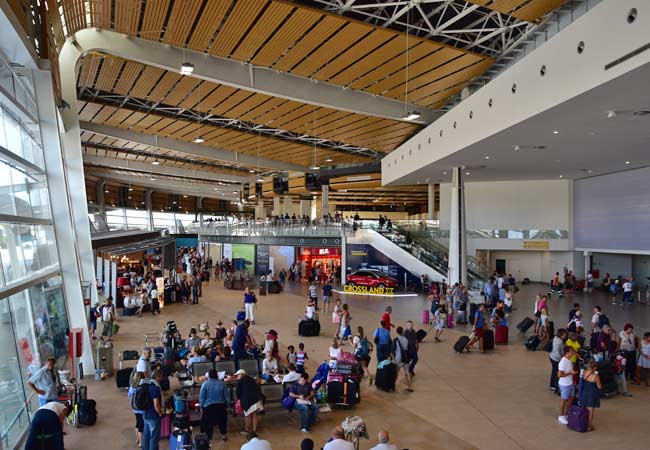
oh we were stuck in the airport!

Copenhagen was a bit expensive...

All we did was drink beer in Brussels...
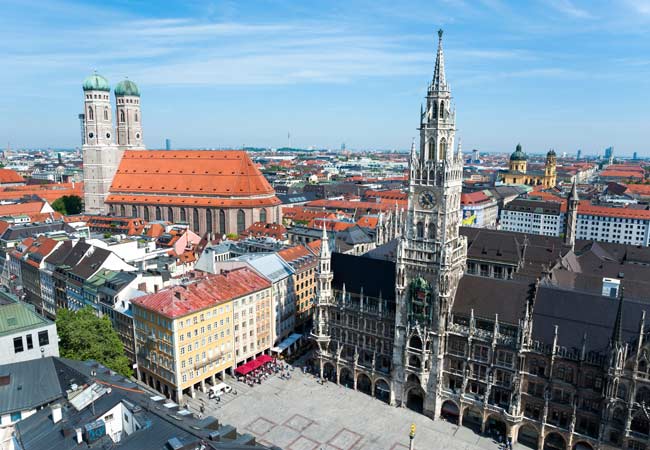
Muncih was crazy
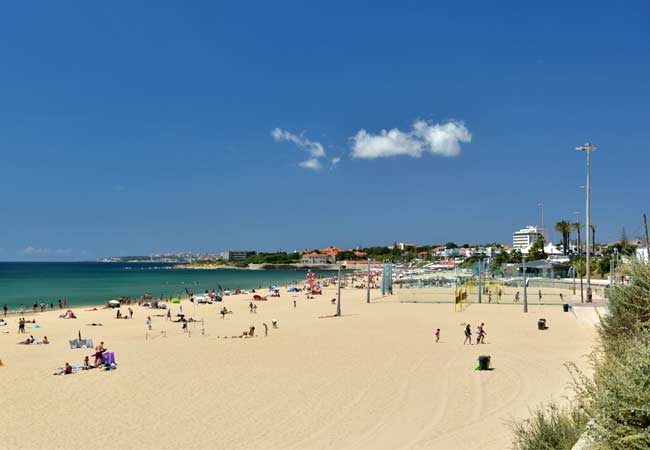
And we got so burnt!
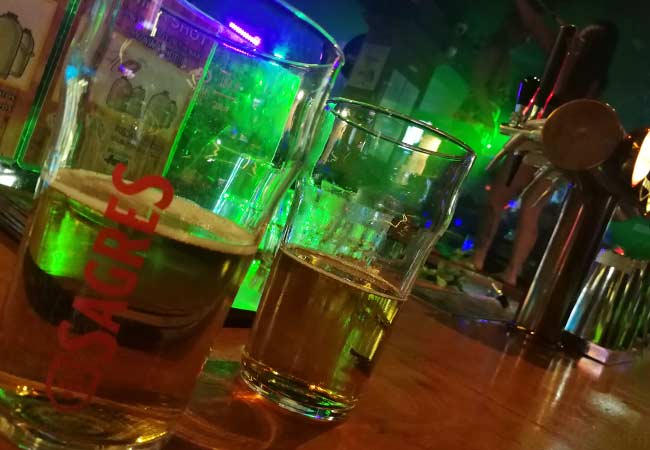
Remeber that night in Rome

oh we were stuck in the airport
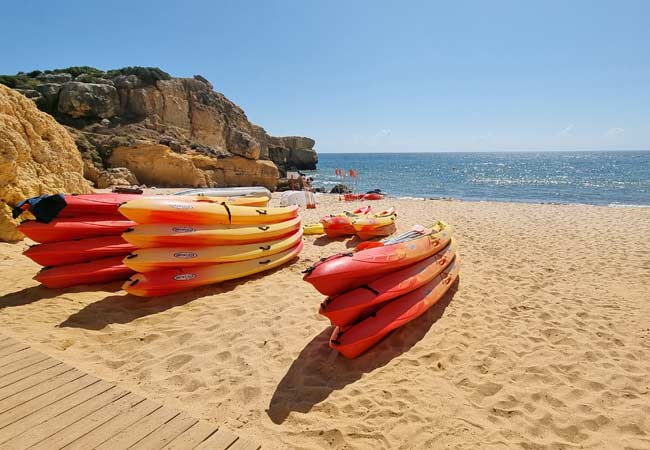
So much fun kayaking

Berlin and that group from Austria!

There was such a view from that church

And we got so burnt!

Munich was eventful, wasn't it!

Such a view from that cathedral in Florence
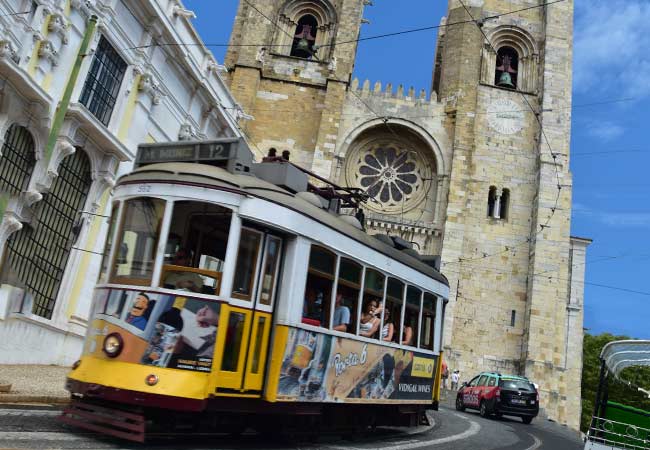
Lisbon was such so much fun

Last summer was so much fun .... x

Remeber that night in Rome

Lisbon was such so much fun

Such a view from that cathedral in Florence

Munich was eventful, wasn't it!

And we got so burnt!

Remeber that night in Rome

All we did was drink beer in Brussels...

Berlin and that group from Austria!

Can't wait to go back to Dubrovnik

Remember that boat ride in Prague

Copenhagen was a bit expensive...
